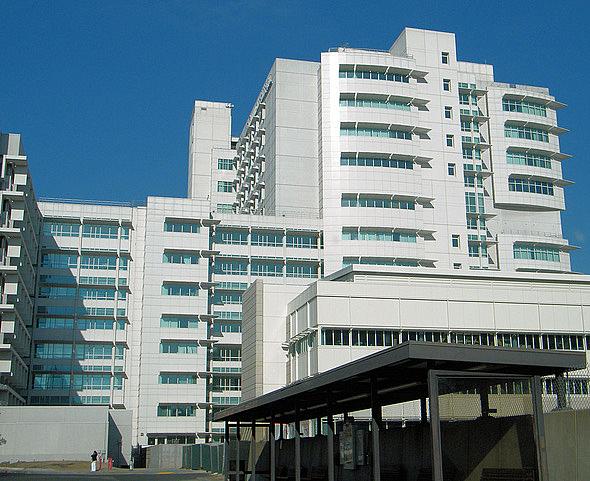As more Californians gain insurance, will hospitals invest more in community health?
The uninsured rate has fallen faster in California than any other state — down to 7.2 percent in 2017. The downward trend has been a boon for the state’s tax-exempt nonprofit hospitals.
Due to more people gaining health coverage, charity care — specifically, free or discounted care to the poor — has fallen by 34 percent between 2011 and 2016, according to an analysis by the California Nurses Association.
On its face, this would appear to be a good thing. But with the passage of the Affordable Care Act, hospitals are expected to divert more of those savings back into their communities via public health programs. And yet it’s unclear whether many facilities in California are living up to their new charitable missions.
Researchers have been grappling with this question since before the ACA was passed and scrutiny fell on the nonprofit hospitals. Lawmakers responded by changing the tax code to require hospitals to disclose “community benefit” — a catch-all term used to describe free and discounted services, money spent on government programs like Medicare and Medicaid, as well as other community health initiatives.
More than half of the hospitals in California are nonprofit. States oversee community benefit requirements with varying degrees of scrutiny. The historic gains in health insurance make California the perfect place for this examination, since the improvement in health coverage is undeniable. It’s also no secret that the state ranks highest in measures of poverty and economic inequality, despite those gains in health insurance.
My project for the 2019 California Fellowship will investigate community benefit offered by nonprofit hospitals and it’s relationship to community health.


